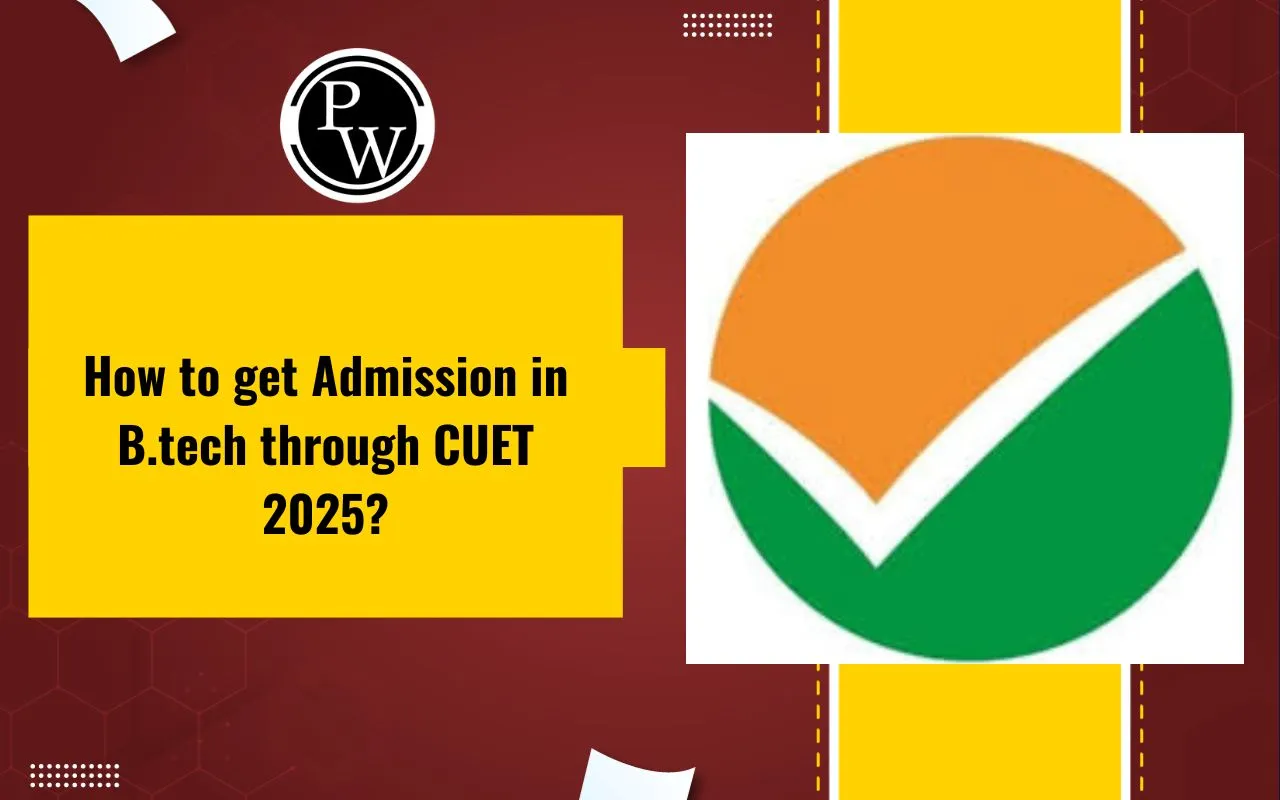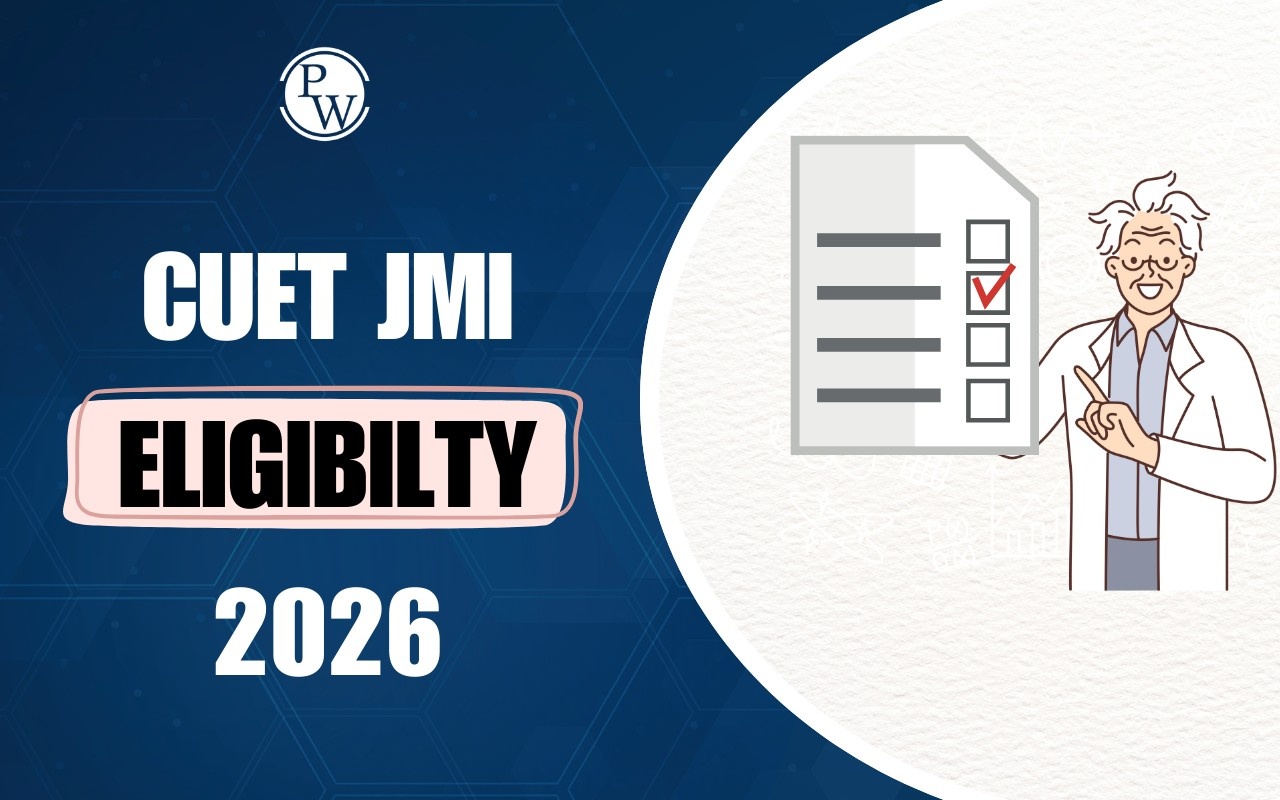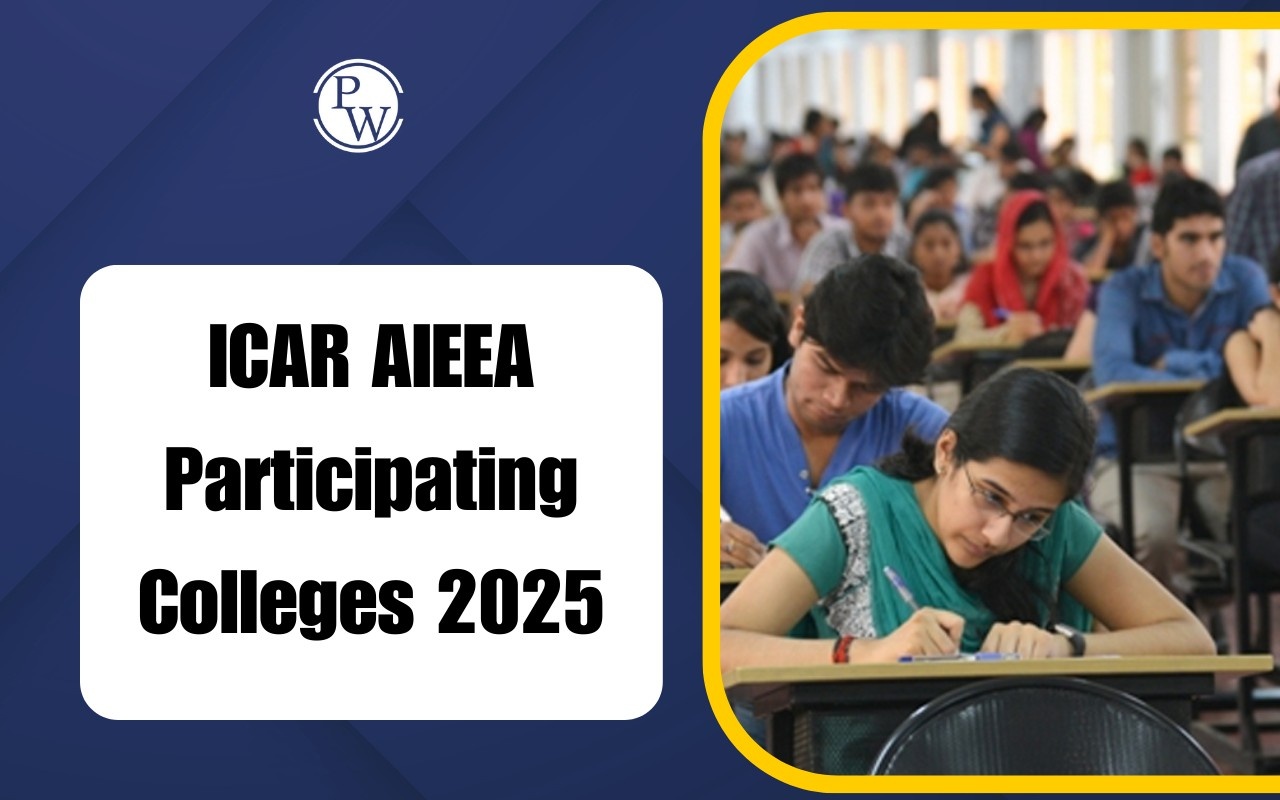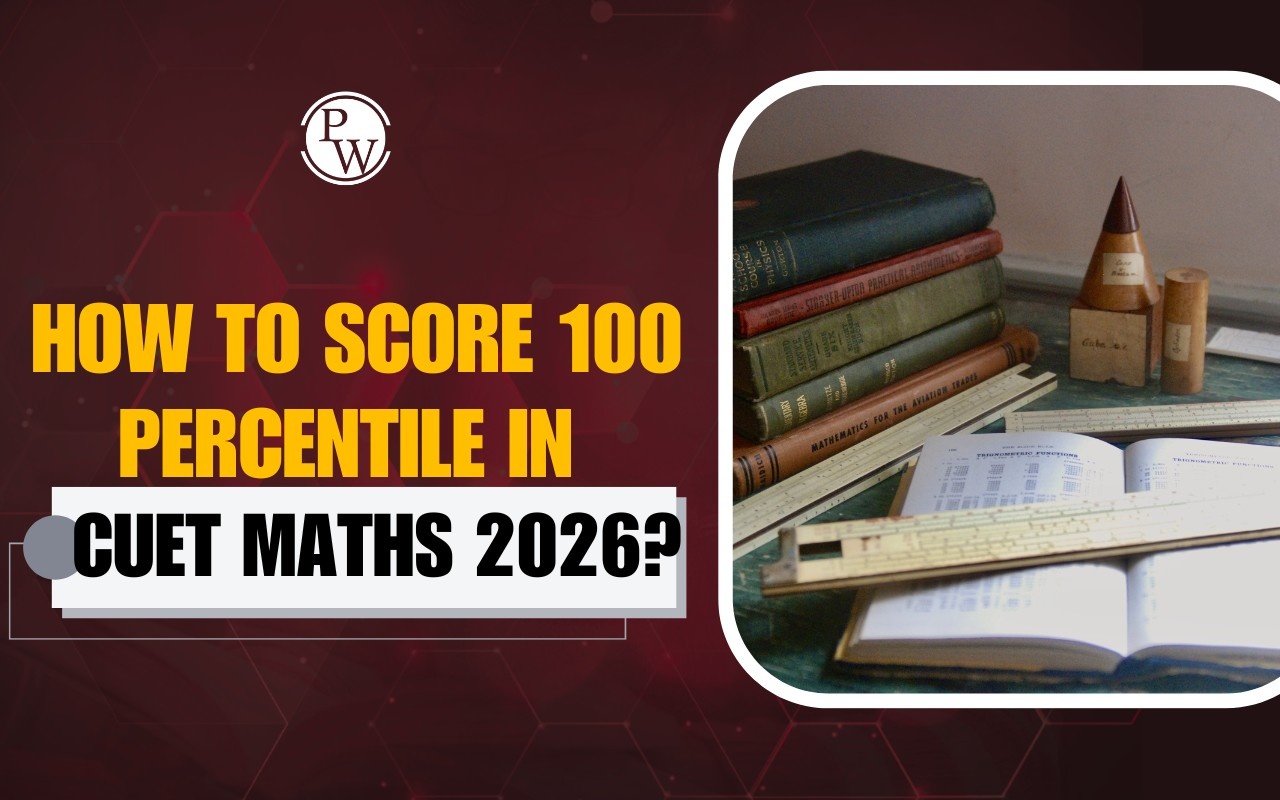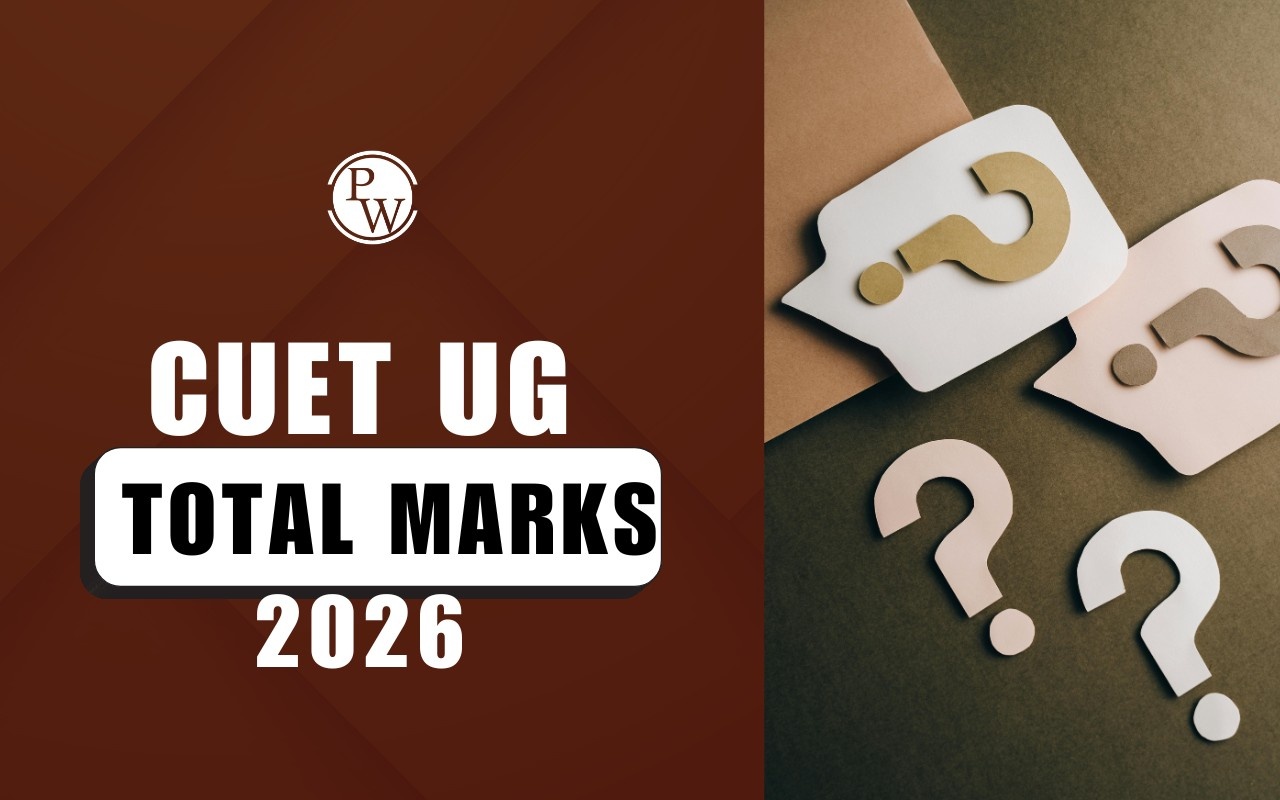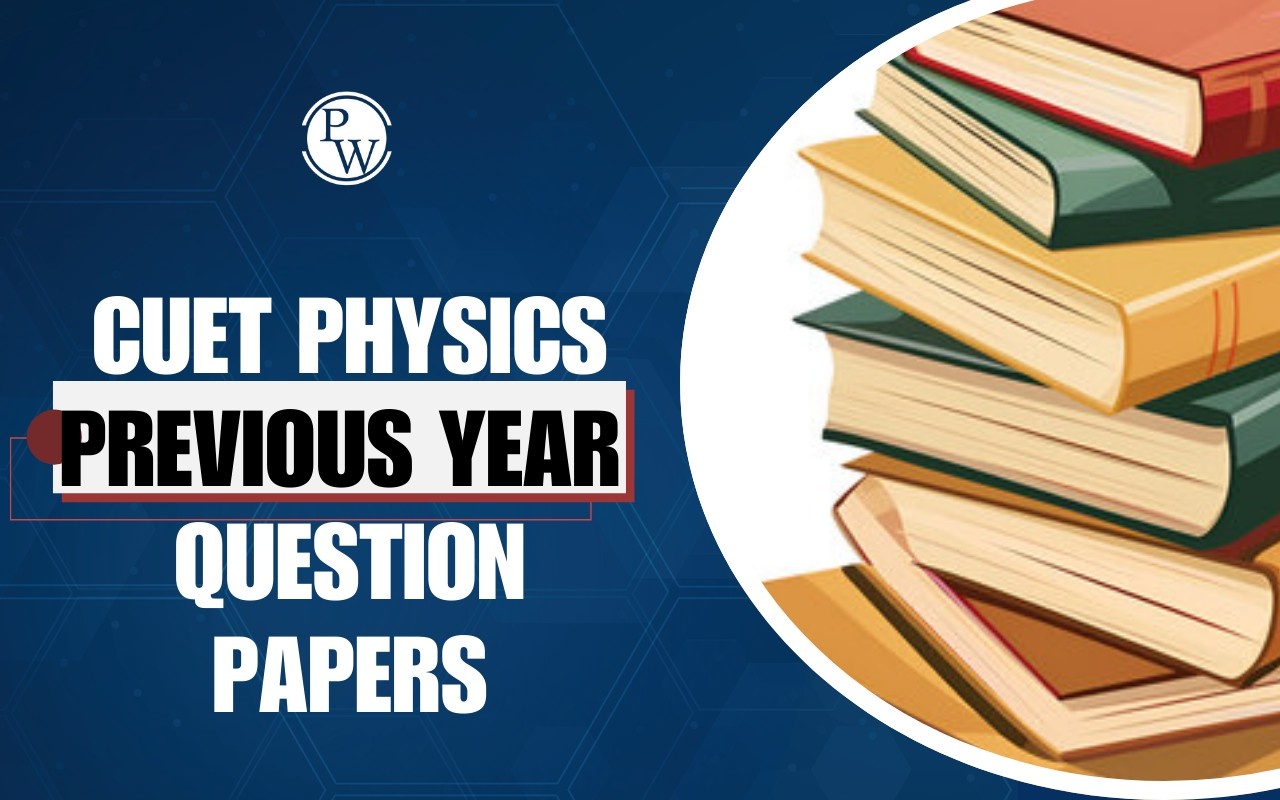
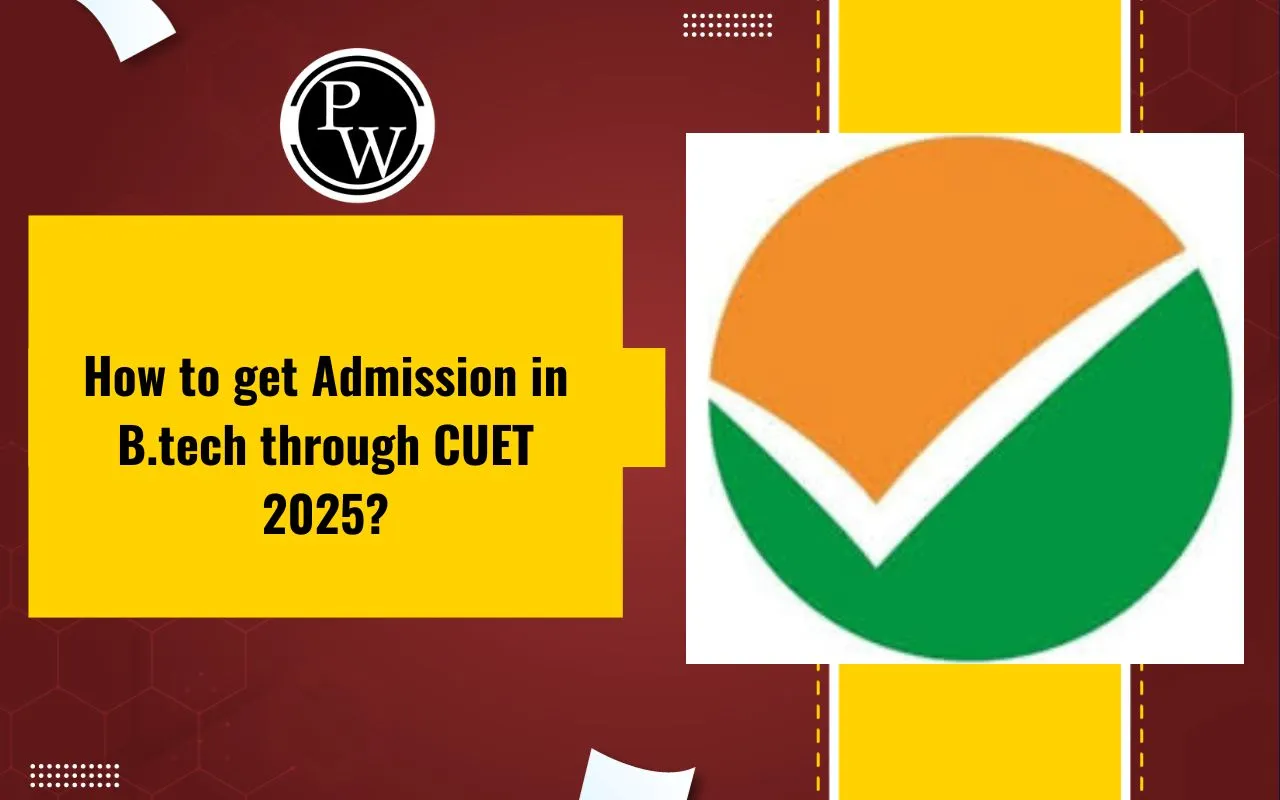
How to get Admission in B.tech through CUET 2025?: The Common University Entrance Test (CUET) 2025 has become a crucial gateway for students aspiring to pursue a Bachelor of Technology (B.Tech) from top central, state, and private universities in India. Conducted by the National Testing Agency (NTA), CUET provides a single-window entrance exam for various undergraduate programs, including engineering. Many prestigious universities, such as Delhi University (DU), Banaras Hindu University (BHU), and the Central University of Haryana, offer B.Tech admissions based on CUET scores. If you are planning to pursue a B.Tech degree through CUET 2025, understanding the eligibility criteria, exam pattern, and admission process is essential.
What is CUET 2025?
The Common University Entrance Test (CUET) 2025 is a national-level entrance exam for admission to undergraduate courses, including B.Tech programs. The exam is conducted by NTA in May and provides a single entrance test for over 250 universities, including central, state, deemed, and private universities across India. By appearing for CUET 2025, students can apply to multiple universities using a single exam score, reducing the need to take multiple entrance tests. This streamlined process makes college admissions more accessible and efficient for engineering aspirants.
CUET 2025: B.Tech Admission Process
To get admission into B.Tech programs through CUET 2025, students must follow these steps:
Step 1: Check Eligibility Criteria
Before applying, candidates must ensure they meet the minimum cuet eligibility criteria:
-
Educational Qualification: Candidates must have passed or appeared in Class 12 or an equivalent exam in 2025.
-
Subject Requirements: Candidates must have studied Physics, Chemistry, and Mathematics (PCM) in Class 12.
-
Minimum Marks: The minimum percentage required varies from university to university. Some institutions require at least 50-60% in PCM subjects.
-
Age Limit: There is no specific age limit for CUET, but some universities may have age restrictions.
Step 2: Register for CUET 2025
The application process for CUET 2025 includes:
-
Visit the official CUET website (https://cuet.samarth.ac.in/).
-
Click on "New Registration" and enter your details.
-
Fill out the application form with personal and academic information.
-
Upload required documents, such as a photograph, signature, and Class 10 & 12 mark sheets.
-
Pay the application fee online through UPI, net banking, or credit/debit card.
-
Submit the form and download the confirmation page for future reference.
Step 3: Select the Right Subjects
For B.Tech admissions, candidates should select the following subjects while filling out the CUET 2025 application form:
-
Physics (Domain-Specific Subject)
-
Mathematics (Domain-Specific Subject)
-
Chemistry/Biology/Computer Science (Depending on the university's requirement)
-
General Test (Some universities may require this section)
Different universities have different subject requirements, so students should check the specific eligibility of the desired university before selecting subjects.
Step 4: Appear for CUET 2025 Exam
The CUET 2025 exam will be conducted in May 2025. The cuet exam pattern includes:
-
Mode: Computer-Based Test (CBT)
-
Duration: 2-3 hours
-
Sections:
-
Section I: Language Test (English or any other chosen language)
-
Section II: Domain-Specific Subjects (Physics, Mathematics, Chemistry)
-
-
-
Section III: General Test (Logical Reasoning, Quantitative Aptitude)
-
Students should prepare using NCERT textbooks, previous years' CUET question papers, and mock tests to score well.
Step 5: Check CUET 2025 Results
Once the CUET exam is conducted, NTA will release the results online on the official website. Candidates can check their scores using:
-
Application Number & Password
-
Application Number & Date of Birth
After results are announced, universities will release cut-off marks for B.Tech programs.
Step 6: Participate in CUET 2025 Counselling
After the result declaration, students must apply for counseling at the respective universities based on their CUET score. The counseling process includes:
-
Registration on the university’s admission portal
-
Filling in choices for B.Tech courses and preferred colleges
-
Document verification
-
Seat allocation based on merit and CUET score
-
Final admission confirmation by paying the admission fee
CUET B.Tech Syllabus 2025
The CUET syllabus for B.Tech is based on CBSE Class 12 topics. Unlike other engineering entrance exams like JEE Main, CUET does not include the Class 11 syllabus, making it relatively easier for students to score well.
The CUET B.Tech syllabus covers subjects like Physics, Chemistry, and Mathematics. Below is a detailed subject-wise breakdown:
CUET Syllabus for Physics and Chemistry
CUET Physics Syllabus
-
Electrostatics
-
Current Electricity
-
Magnetic Effects of Current and Magnetism
-
Electromagnetic Induction and Alternating Current
-
Electromagnetic Waves
-
Optics
-
Dual Nature of Matter and Radiation
-
Atoms and Nuclei
-
Electronic Devices
-
Communication Systems
CUET Chemistry Syllabus
Physical Chemistry:
-
Solid State
-
Solutions
-
Electrochemistry
-
Chemical Kinetics
-
Surface Chemistry
Inorganic Chemistry:
-
General Principles and Processes of Isolation of Elements
-
p-block Elements
-
d- and f-block Elements
-
Coordination Compounds
Organic Chemistry:
-
Haloalkanes and Haloarenes
-
Alcohols, Phenols, and Ethers
-
Aldehydes, Ketones, and Carboxylic Acids
-
Organic Compounds Containing Nitrogen
-
Biomolecules
-
Polymers
-
Chemistry in Everyday Life
CUET Syllabus for Mathematics
Section A: Mathematics
Algebra:
-
Matrices and Types of Matrices
-
Equality of Matrices, Transpose of a Matrix, Symmetric and Skew-Symmetric Matrices
-
Algebra of Matrices
-
Determinants
-
Inverse of a Matrix
-
Solving Simultaneous Equations Using Matrix Method
Calculus:
-
Higher Order Derivatives
-
Tangents and Normals
-
Increasing and Decreasing Functions
-
Maxima and Minima
Integration and its Applications:
-
Indefinite Integrals of Simple Functions
-
Evaluation of Indefinite Integrals
-
Definite Integrals
-
Application of Integration as an Area Under the Curve
Differential Equations:
-
Order and Degree of Differential Equations
-
Formulating and Solving Differential Equations with Variable Separation
Probability Distributions:
-
Random Variables and Their Probability Distribution
-
Expected Value of a Random Variable
-
Variance and Standard Deviation of a Random Variable
-
Binomial Distribution
Linear Programming:
-
Mathematical Formulation of Linear Programming Problems
-
Graphical Method of Solution for Problems in Two Variables
-
Feasible and Infeasible Regions
-
Optimal Feasible Solution
Section B1: Mathematics/Applied Mathematics
-
Relations and Functions
-
Inverse Trigonometric Functions
-
Matrices and Determinants
-
Continuity and Differentiability
-
Applications of Derivatives
-
Integrals
-
Applications of Integrals
-
Differential Equations
-
Vectors and 3D Geometry
-
Linear Programming
-
Probability
-
Modulo Arithmetic
-
Congruence Modulo
-
Allegation and Mixture
-
Numerical Problems
-
Boats and Streams
-
Pipes and Cisterns
-
Races and Games
-
Partnership
-
Numerical Inequalities
-
Matrices and types of matrices
-
Equality of matrices, Transpose of amatrix, Symmetric and Skew symmetric matrix
-
Higher Order Derivatives
-
Marginal Cost and Marginal Revenue using derivatives
-
Maxima and Minima
-
Probability Distribution
-
Mathematical Expectation
-
Variance
-
Index Numbers
-
Construction of Index numbers
-
Test of Adequacy of Index Numbers
-
Population and Sample
-
Parameter and Statistics and Statistical Interferences
-
Time Series
-
Components of Time Series
-
Time Series analysis for univariate data
-
Perpetuity, Sinking Fund
-
Valuation of Bonds
-
Calculation of EMI
-
Linear method of Depreciation
-
Linear Programming
-
Introduction and related terminology
-
Mathematical formulation of Linear Programming Problem
-
Different types of Linear Programming Problems
-
Graphical Method of Solution for problems in two Variables
-
Feasible and Infeasible Regions
-
Feasible and infeasible solutions, optimal feasible solution
Top Universities Offering B.Tech Admission Through CUET 2025
Several reputed universities accept CUET scores for B.Tech admissions, including:
1. Bennett University
Official Website: bennett.edu.in
BTech Programs: CSE, ECE, Engineering Physics, ME, Biotechnology, Electronics & Computing
Eligibility:
-
Passed Class XII from a recognized board with Physics & Mathematics as compulsory subjects
-
Minimum 65% marks in PCM
-
Alternative: Minimum 24 points in IB Board
-
CUET UG 2025 Percentile, JEE Main Percentile, or IGCSE Percentile
2. University of Delhi (DU)
Official Website: du.ac.in
BTech Programs: Information Technology, Mathematical Innovation
Eligibility:
-
CUET Subject Combination:
-
Any one language from List A
-
Mathematics
-
General Test (CUET Section III)
3. Banaras Hindu University (BHU)
Official Website: bhu.ac.in
BTech Programs: Dairy Technology, Food Technology
Eligibility:
-
Appeared in CUET UG 2025
-
Section II: Chemistry, Mathematics, and Physics (Mandatory)
4. Central University of Haryana
Official Website: cuh.ac.in
BTech Programs:
-
Computer Science & Engineering
-
Electrical Engineering
-
Civil Engineering
-
Printing & Packaging Technology
Eligibility: -
45% aggregate in PCM in Class XII
-
Appeared in CUET UG 2025
5. Central University of Karnataka
Official Website: cuk.ac.in
BTech Programs:
-
Electronics and Communication
-
Electrical Engineering
-
Mathematics and Computing
Eligibility: -
50% (45% for OBC) in PCM (Class XII)
-
50% seats via JEE Main & 50% via CUET UG 2025
6. Hemvati Nandan Bahuguna Garhwal University
Official Website: hnbgu.ac.in
BTech Programs:
-
Computer Science & Engineering
-
Electronics & Communication Engineering
-
Instrumentation Engineering
-
Mechanical Engineering
-
Information Technology
Eligibility: -
45% (40% for reserved categories) in PCM (Class XII)
-
Appeared in CUET UG 2025
7. Mahatma Gandhi Central University
Official Website: mgcub.ac.in
BTech Program: 5-Year Integrated M.Tech (Computer Science & Engineering)
Eligibility:
-
50% aggregate in PCM (Class XII)
-
5% relaxation for SC/ST/OBC/EWS
-
Appeared in CUET UG 2025
8. Devi Ahilya Vishwavidyalaya
Official Website: dauniv.ac.in
BTech Programs:
-
MCA – 5 Years
-
MTech (Embedded Systems) – 5 Years
-
MTech (Internet of Things) – 5 Years
-
MTech (Energy & Environmental Engineering) – 5 Years
Eligibility:
-
50% aggregate in PCM (Class XII)
-
Appeared in CUET UG 2025
9. Dr. A.P.J. Abdul Kalam Technical University (AKTU)
Official Website: aktu.ac.in
BTech Programs: Agriculture, Biotechnology
Eligibility:
-
45% overall in PCM (Class XII)
-
Appeared in CUET UG 2025
10. Madan Mohan Malaviya University of Technology (MMMUT)
Official Website: mmmut.ac.in
BTech Program: 2nd Year (Lateral Entry for Diploma Holders)
Eligibility:
-
60% (55% for SC/ST) in Diploma in Engineering (except Agriculture)
-
Appeared in CUET UG 2025
11. Shri Mata Vaishno Devi University
Official Website: smvdu.ac.in
BTech Program: Biotechnology
Eligibility:
-
60% aggregate in PCM/Biology/Biotechnology (Class XII)
-
Appeared in CUET UG 2025
12. Shobhit University
Official Website: shobhituniversity.ac.in
BTech Programs:
-
Computer Science & Engineering
-
Agriculture Technology
-
Biotechnology
-
Biomedical Engineering
Eligibility: -
50% aggregate in PCM/Biology (Class XII)
-
Appeared in CUET UG 2025
13. Apex University
Official Website: apexuniversity.co.in
BTech Programs:
-
Computer Science
-
AI & ML
-
Cloud Technology & Information Security
-
Data Science
-
Full Stack
-
Electrical, Mechanical, and Civil Engineering
Eligibility: -
45% aggregate in PCM or relevant subjects
-
Appeared in CUET UG 2025
14. NIIT University
Official Website: niituniversity.in
BTech Programs:
-
Civil Engineering
-
Computer Science & Engineering
-
AI & ML
-
Electronics & Communication
-
Mechanical Engineering
-
Biotechnology
Eligibility: -
60% aggregate in PCM (Class X & XII)
-
Appeared in CUET UG 2025
15. Galgotias University
Official Website: gu.galgotiasuniversity.edu.in
BTech Programs:
-
Biotechnology
-
Food Technology
-
Biomedical Engineering
Eligibility: -
60% aggregate in PCM (Class XII)
-
Appeared in CUET UG 2025
Tips to Crack CUET 2025 for B.Tech Admission
-
Understand the Exam Pattern: Study the CUET syllabus carefully and focus on PCM subjects.
-
Use NCERT Books: Most questions in CUET are based on NCERT Class 11 and 12 syllabus.
-
Practice Mock Tests: Solve previous CUET question papers and take online mock tests to improve speed and accuracy.
-
Time Management: Since CUET is a time-based exam, practice solving questions within the time limit.
-
Stay Updated: Keep checking the official CUET website for any changes in exam patterns or important dates.
How to get Admission in B.tech through CUET 2025 FAQs
Q. 1: Can I get admission to IITs or NITs through CUET 2025?
Q.2: What is the minimum CUET score required for B.Tech admission?
Q.3: How many universities accept CUET scores for B.Tech?
Q.4: Is CUET easier than JEE?

